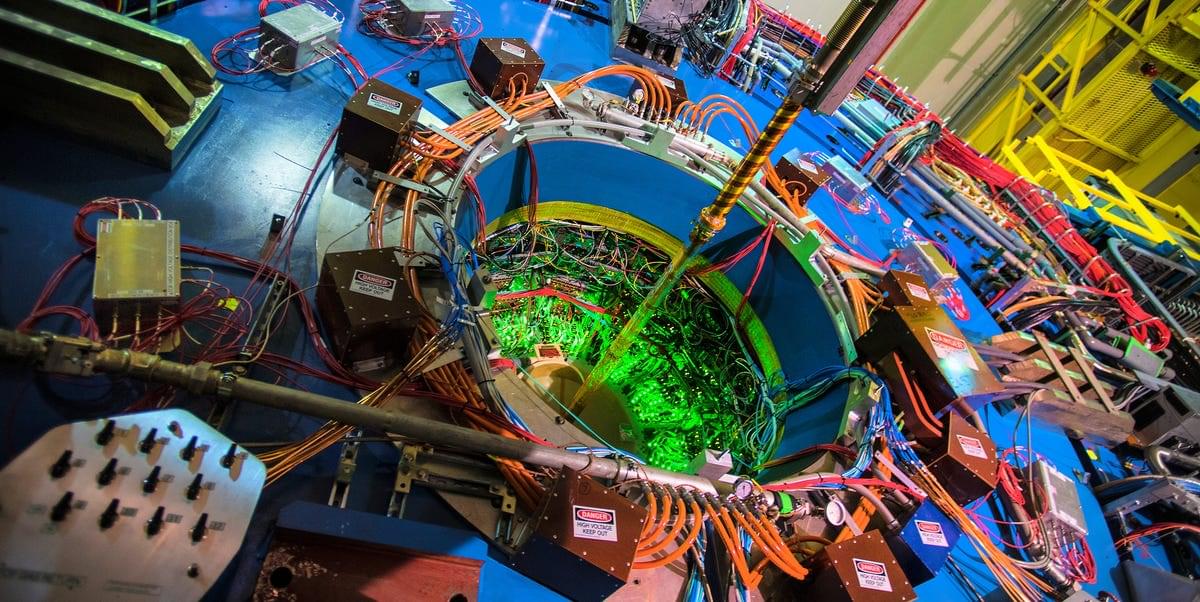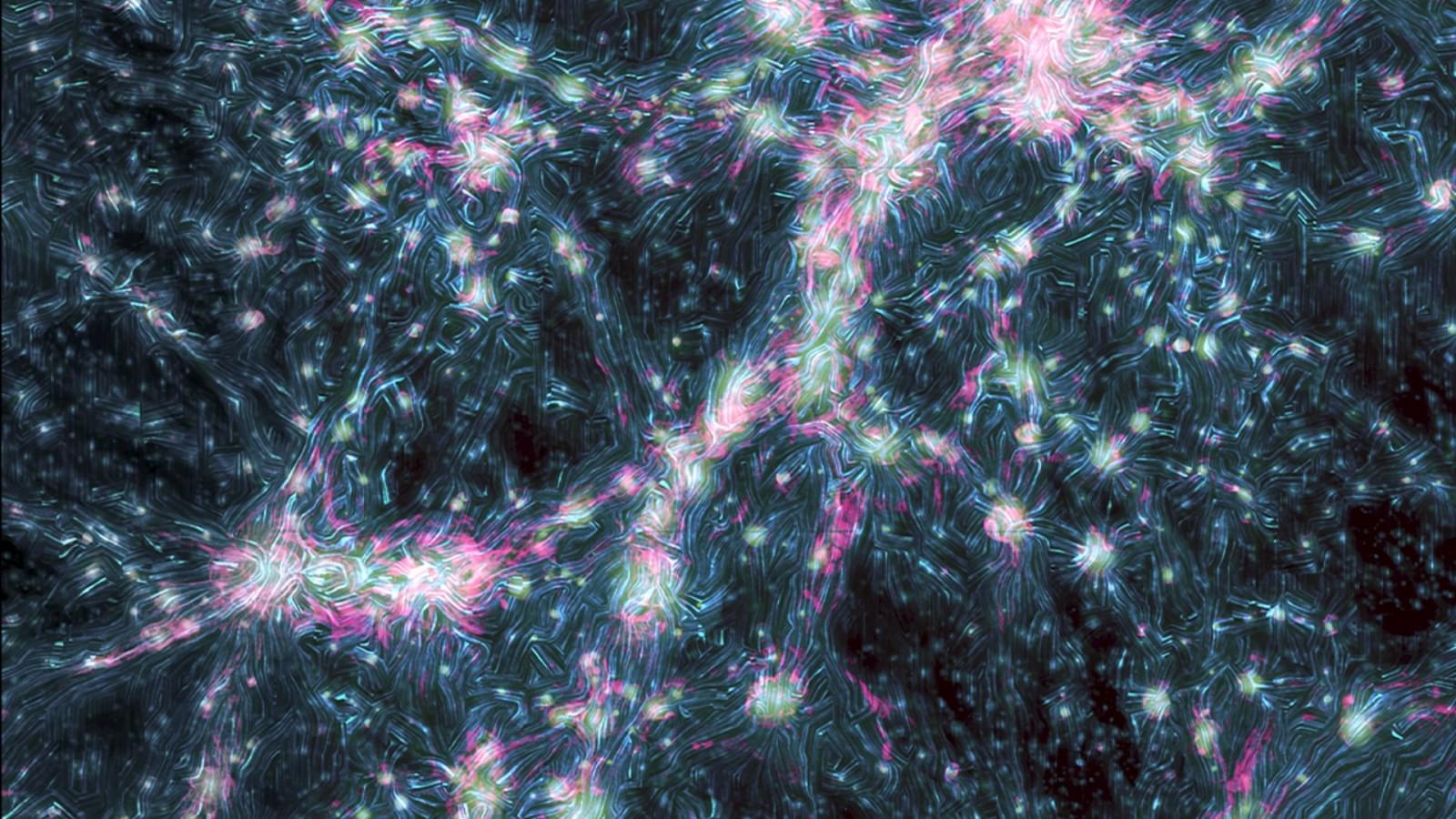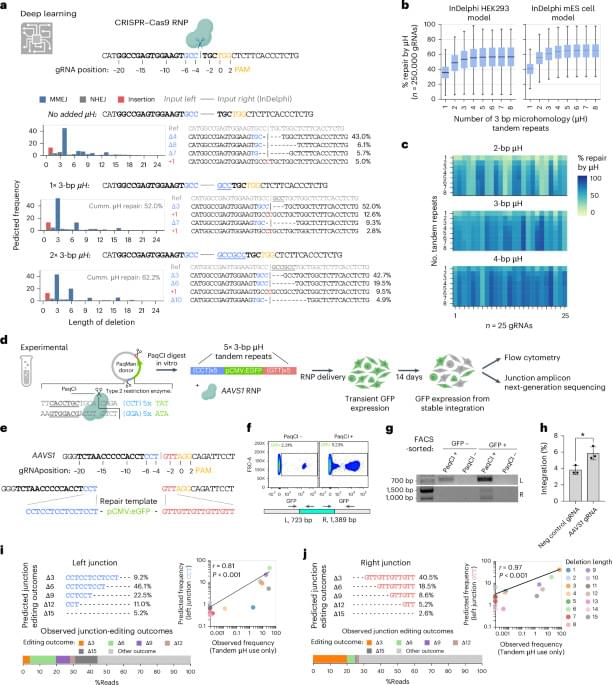Today, the absolute heart of particle physics is located in Geneva, Switzerland at CERN’s Large Hadron Collider. This instrument’s unmatched size, power, and precision make it the ultimate tool for exploring high-energy particle physics. However, one tool can’t do everything, and even immensely useful ones like the LHC sometimes need a helping hand.
That’s where Brookhaven National Laboratory’s (BNL) Relativistic Heavy Ion Collider (RHIC) comes in. In 2015, the U.S. Department of Energy approved an upgrade to the Pioneering High Energy Nuclear Interaction eXperiment (PHENIX)—an instrument originally designed to explore the components of the quark-gluon plasma (QGP) that formed one millionth of a second after the Big Bang. According to Edward O’Brien (a physicist from BNL), the idea behind this super PHENIX, or sPHENIX, was to “provide physics results which focused on jets and heavy flavor [of quarks] that complemented and overlapped with the Heavy Ion physics results being generated by the experiments at the CERN Large Hadron Collider.”






